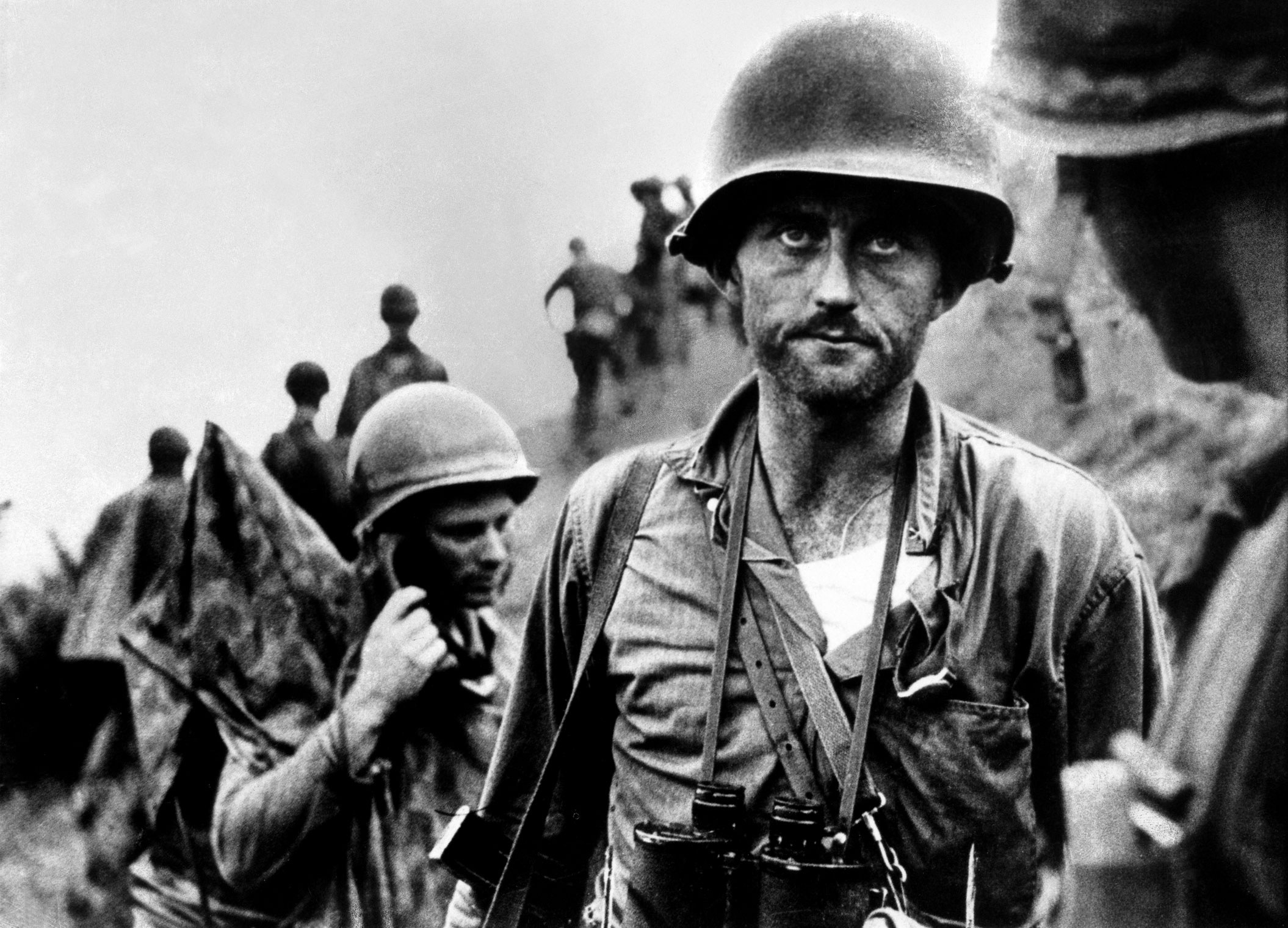
Few people have lived as long, as varied and as complete a life as David Douglas Duncan. And certainly no photographers ever enjoyed a longer, more varied or more complete career than the Missouri native who today is celebrated as one of the indispensable photojournalists of the 20th century.
Born in Kansas City, Mo., on Jan. 23, 1916, Duncan started taking pictures for newspapers in the 1930s; joined the U.S. Marines after Pearl Harbor; made some of the most indelible photos to come out of World War II and, 20 years later, Vietnam; documented civil strife and wars in Europe, Africa, Asia and the Middle East; captured ineffable beauty in environments as disparate as the west of Ireland and the deserts of America’s Southwest; befriended and photographed the likes of Picasso and Cartier-Bresson; and produced the single greatest portfolio of pictures to emerge from the Korean War.

Here, LIFE.com presents a gallery of his celebrated pictures from America’s “Forgotten War.”
LIFE.com spoke with Duncan himself from his home in the south of France about his memories of the conflict — and his hope, in the end, that he might “show something of what a man endures when his country decides to go to war.”
For instance, of his photograph (the first image in this gallery) of a Marine captain near the Naktong River after an attack by North Korean troops — as ammunition ran dangerously low and reinforcements were nowhere in sight — Duncan wrote in his classic 1951 book, This Is War!: “Ike Fenton, drenched and with the rain running in little droplets from his bearded chin, got the news. His tattered Baker Company Marines had only those few rounds in their belts remaining. If the Reds were to launch one more attack they would have to be stopped with bayonets and rifle butts.”
But that attack never came. The Marines held the muddy, blasted, blood-drenched hill. “Radio communication was knocked out by the rain that day,” Duncan told LIFE.com, the recollection still obviously vivid more than six decades later, “and Fenton had to shout most of his orders and sent runners when shouting wouldn’t do. God, he was a cool one. He never lost his head.”
Other pictures bring back equally visceral memories, and Duncan recounts the circumstances around the making of some of his classic photos in a voice that’s at-once firm and touched with something like wonder — wonder at the immediacy of his own recall; at the horrors and heroism he witnessed; at the fact that he was there, in the midst of it, recording it all.
“I cabled LIFE’s editors in August [1950] from Tokyo,” Duncan says, “and I told them I was heading back to Korea to try and get what I called ‘a wordless story’ that conveyed the message, simply, ‘This is war.’ Not long after that I was covering the fighting near the Naktong River, and I made the picture [the second photo in this gallery] of Marines running past a dead enemy soldier, their fatigues absolutely soaked to the chest with mud and muck and god knows what else. And this ended up as the cover image for the book, This Is War!, when it came out a year later.”
From the hellish heat of summer to the arctic freeze of winter, Duncan traveled with Marines, documenting the grinding, torturous lives they led — and that troops everywhere have always led — in war zones the world over.
“It was forty below zero during the retreat from Chosin Reservoir,” Duncan recalls of one especially appalling battle in the winter of 1950. “And the wind chill! The wind was barreling down from Manchuria and must have made it closer to fifty or sixty degrees below zero. It was so damn cold that my film was brittle — it just snapped, like a pretzel. But I managed to unload and load the camera under my gear and get some film in there, and I got some usable shots.” (See especially images 6, 7 and 8 in this gallery.)
The two-week battle at Chosin, while ending with 30,000 United Nations troops fleeing from at least 60,000 Chinese soldiers that surrounded them, is seen as a decisive battle for one primary reason: it showed that outnumbered allied forces could battle through encircling enemy lines, while at the same time inflicting heavy casualties.
While recalling the unspeakable violence and gnawing deprivation (no warmth in winter, no relief from the heat in summer, hunger all the time) of those years, Duncan makes a point of praising the Americans’ South Korean allies.
“The thing that comes to mind right away, right now, when looking at these pictures again,” Duncan says, “is that at no time — at no time — did any Marine feel he had to look around to see what the South Koreans were doing behind him. The Marines in Korea never feared ‘friendly fire’ or artillery coming from the South Koreans — from their allies — like they did later in Vietnam, fighting with the South Vietnamese. The Koreans could be trusted.”
The Korean War lasted for roughly three years, from June 25, 1950 — when North Korea invaded the South — until July 27, 1953, when the United Nations Command, the North Korean People’s Army and the Chinese People’s Volunteers signed an armistice agreement. However, the South Korean president, Syngman Rhee, refused to sign the document — meaning that, technically, North and South Korea have been at war for the past six decades.
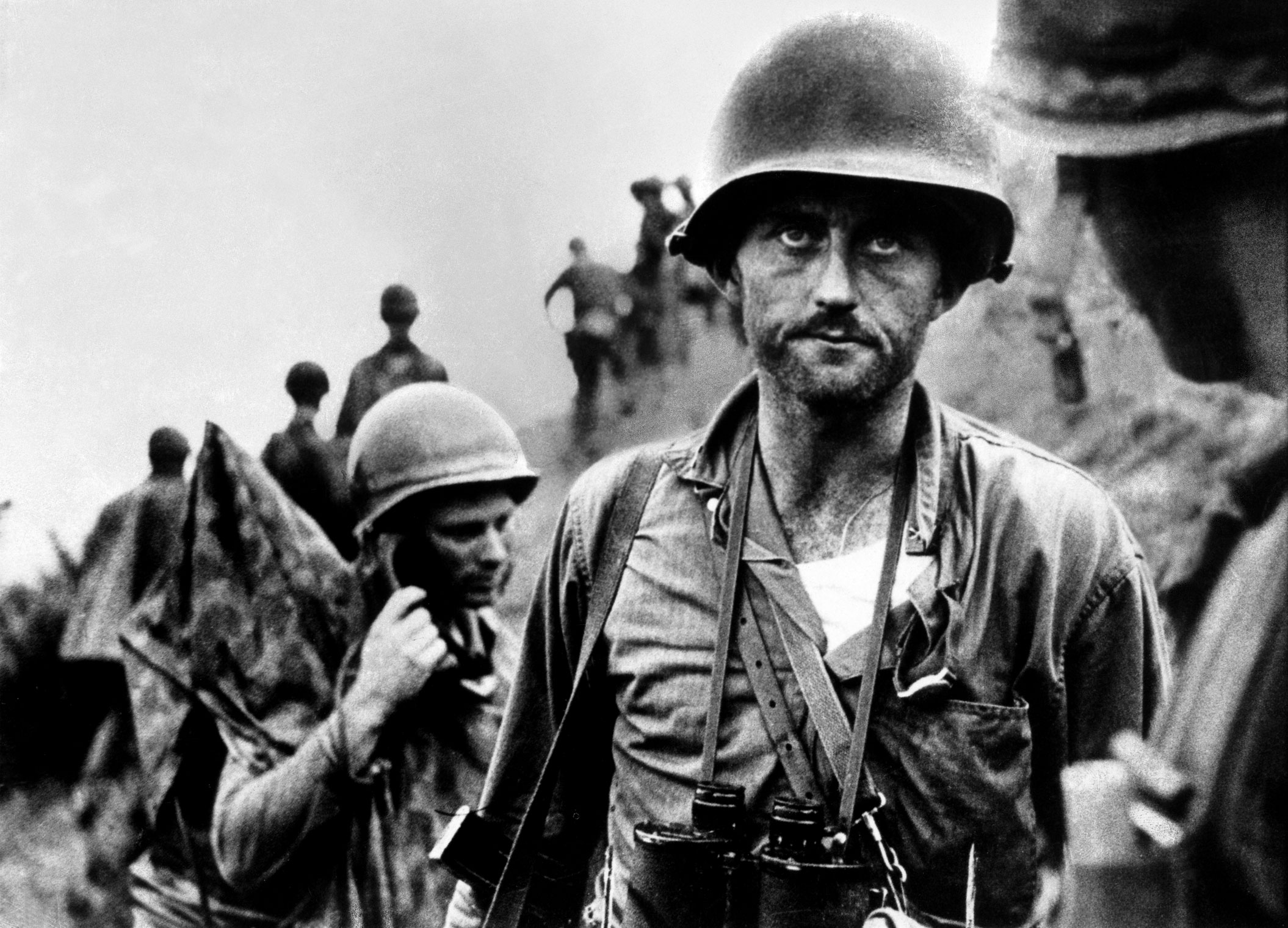
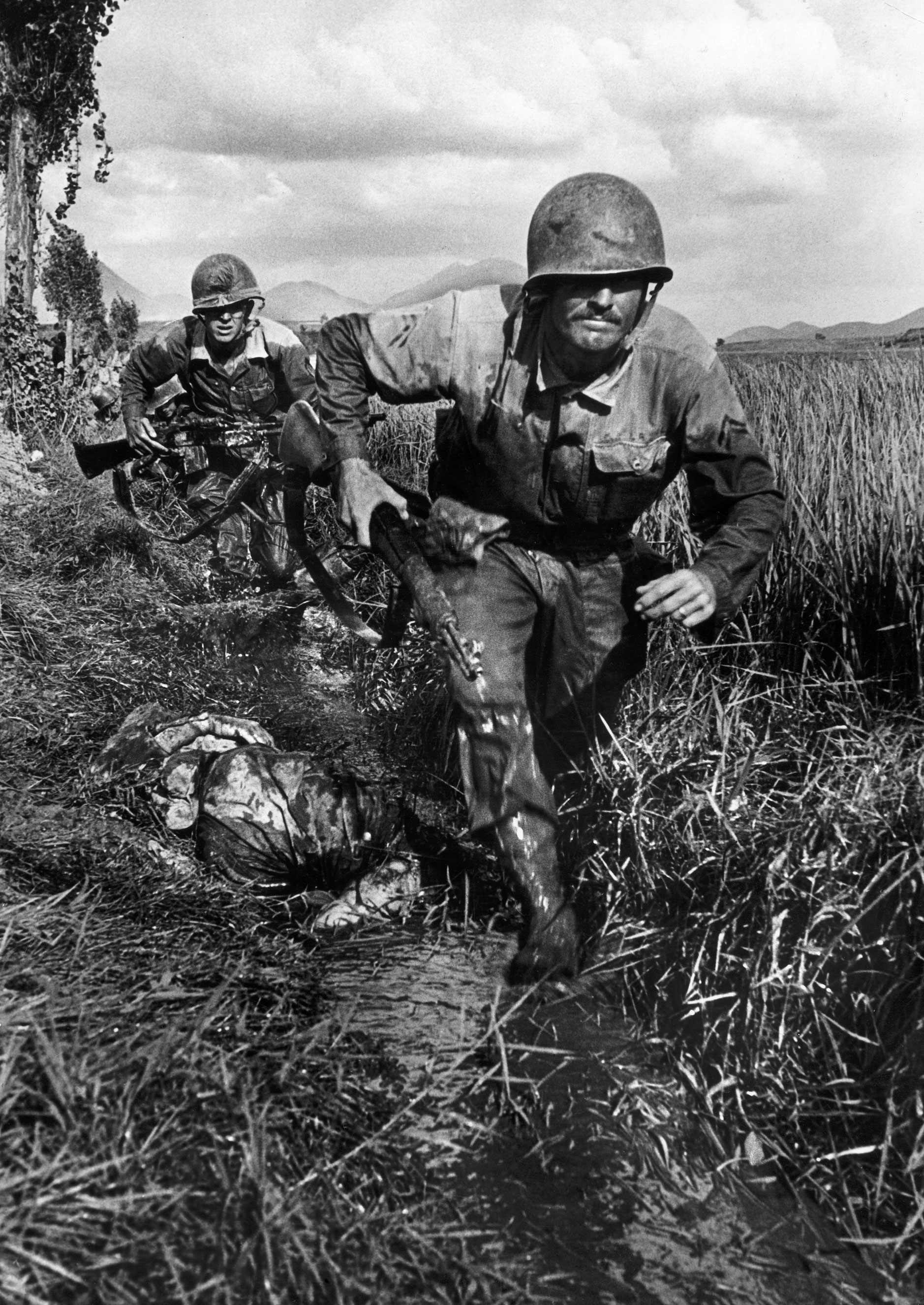
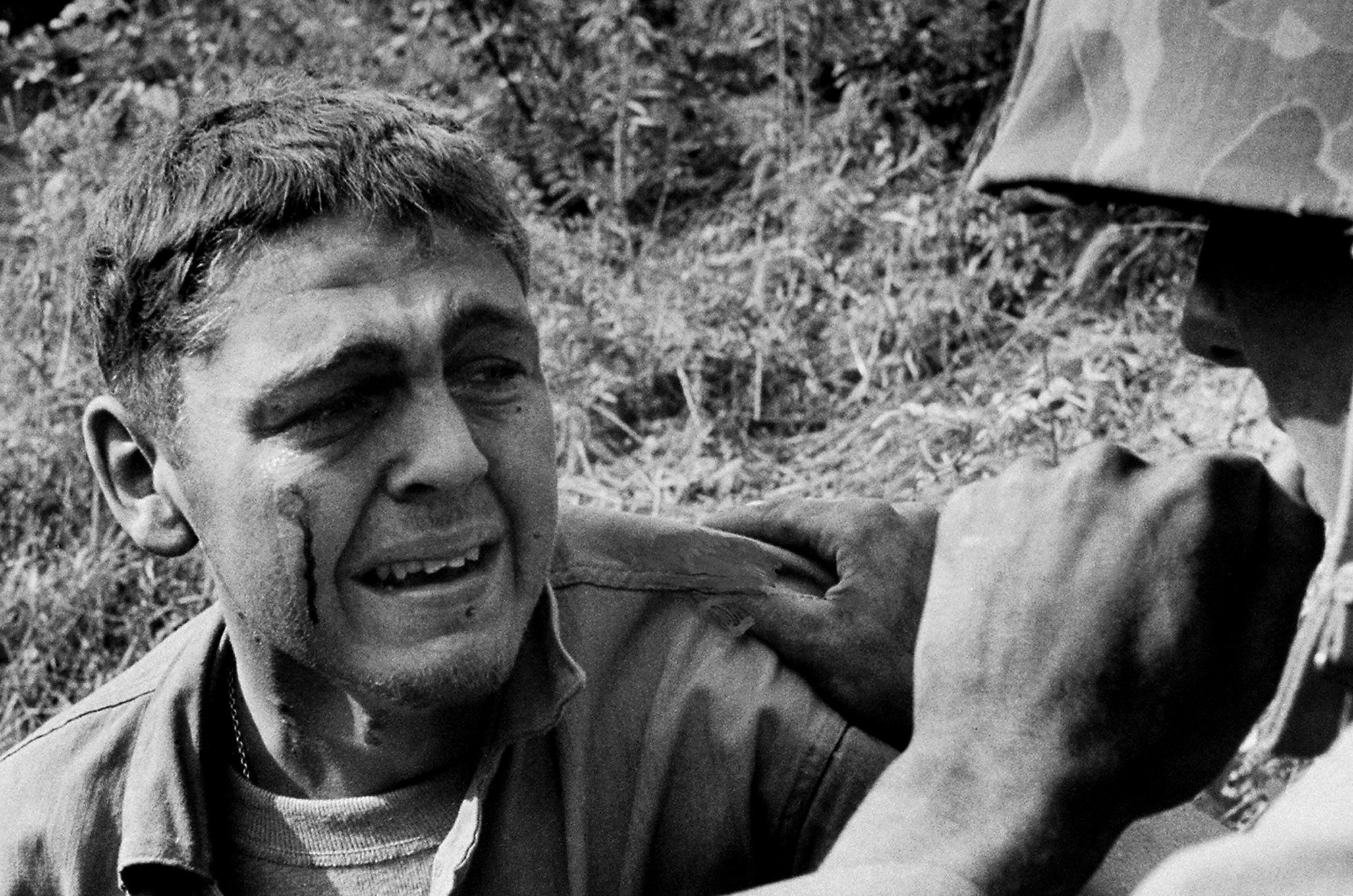
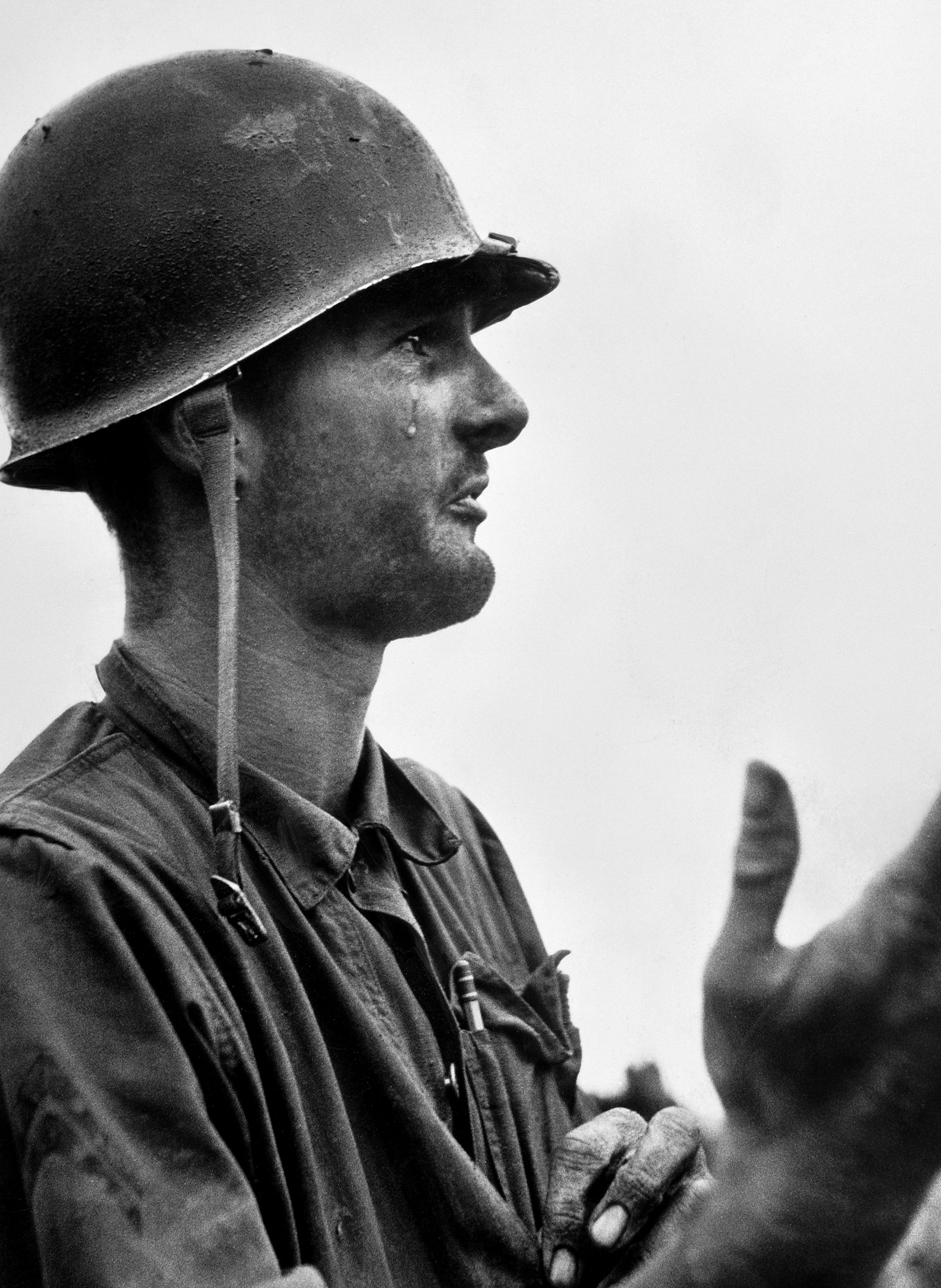
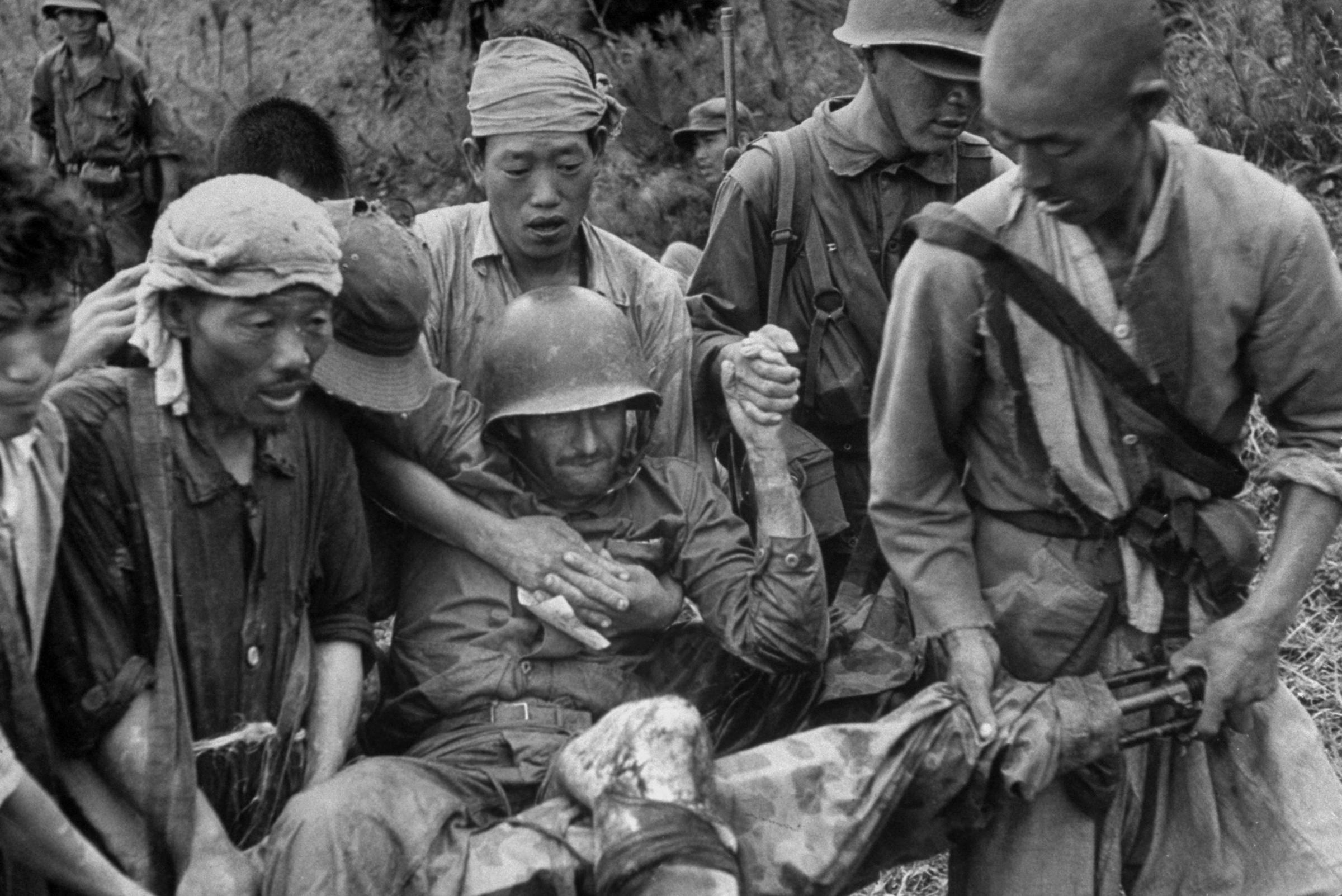
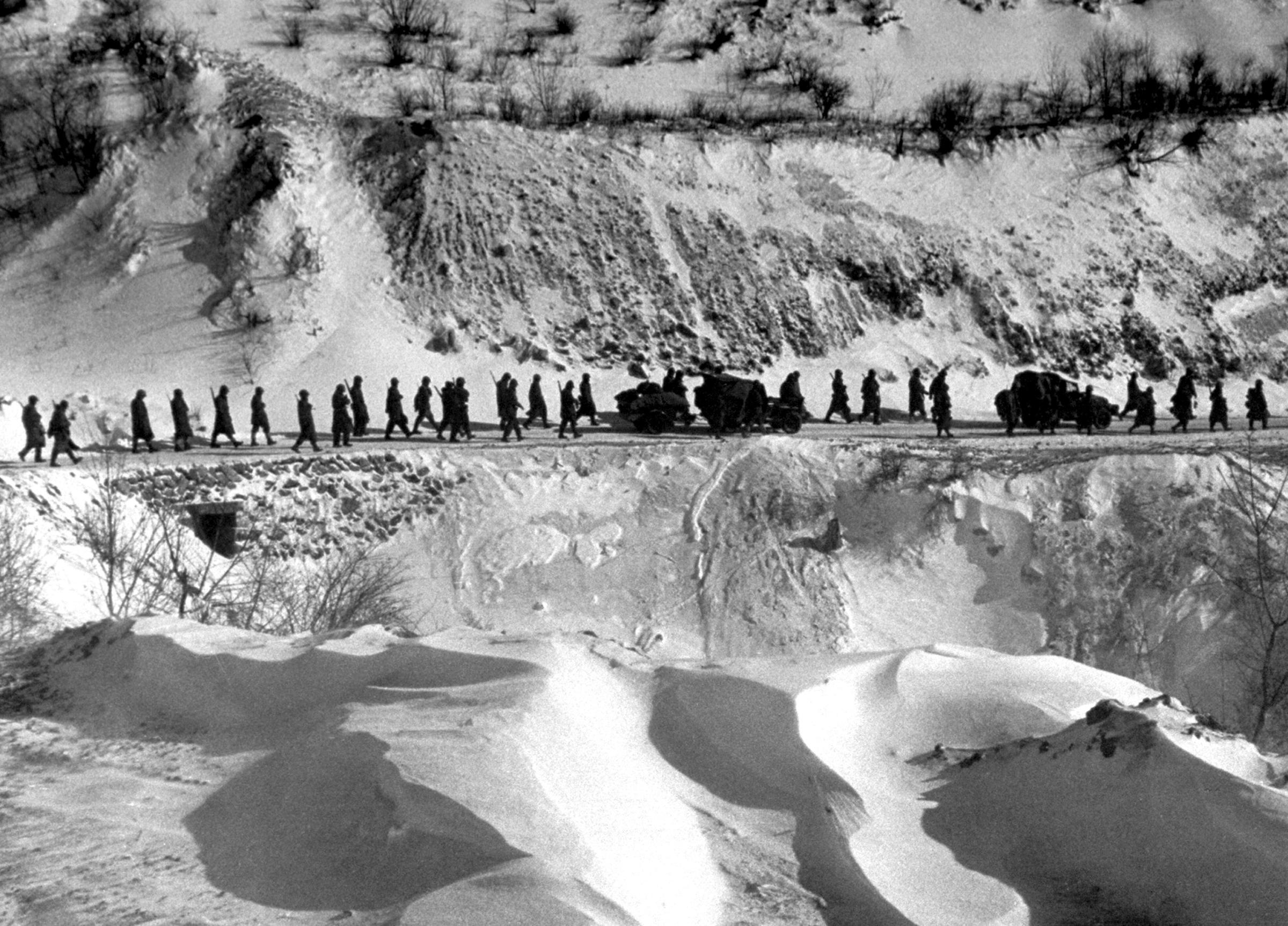

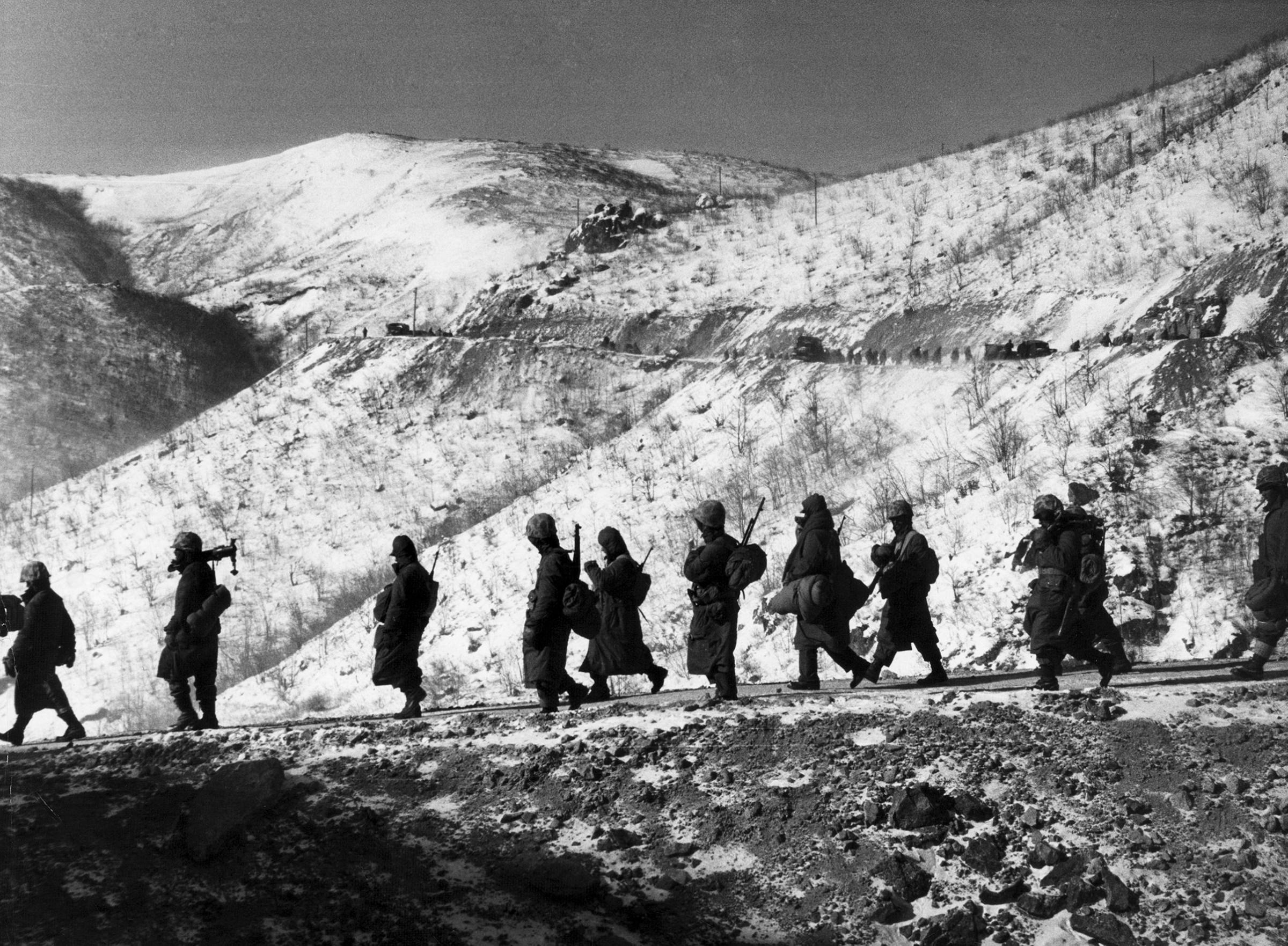
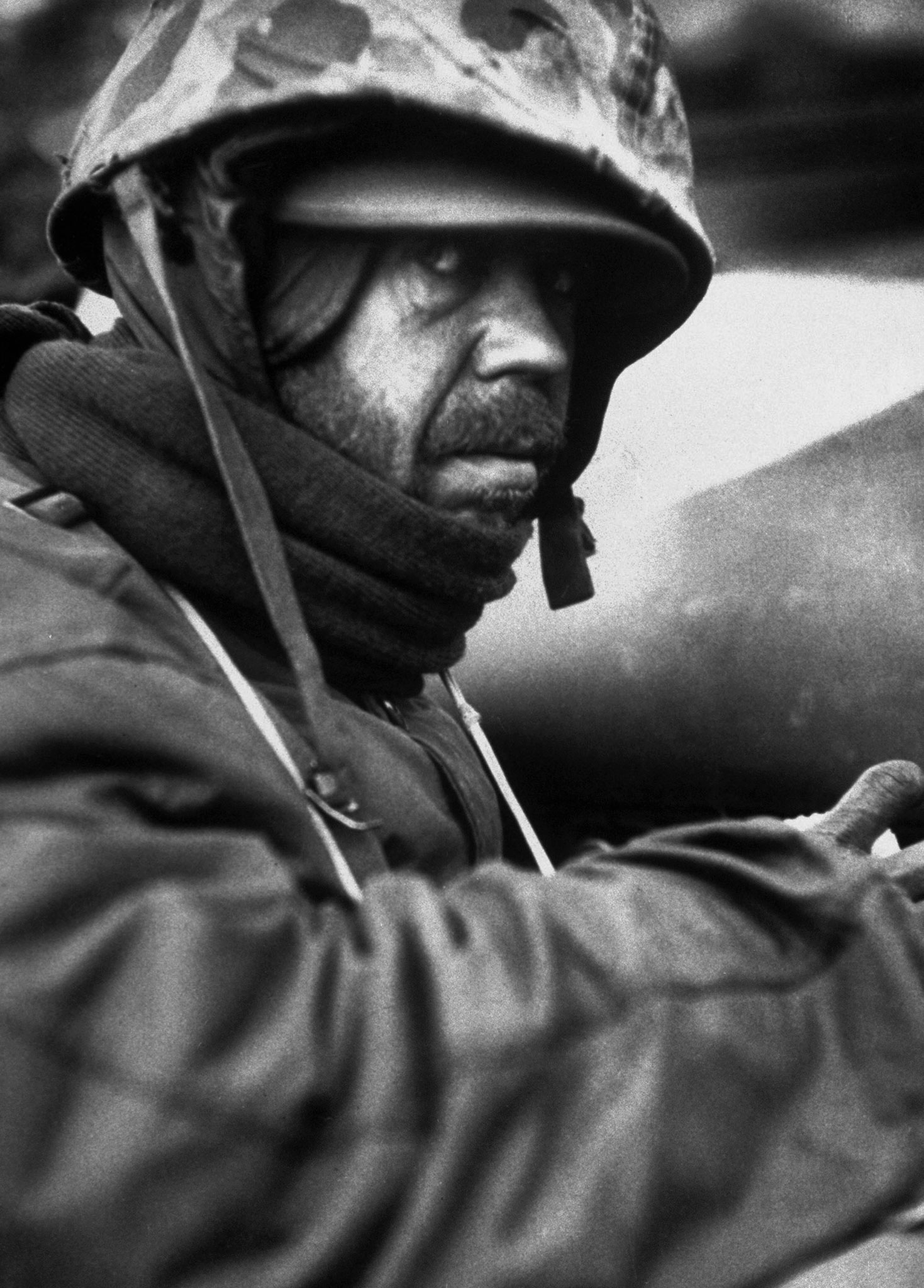
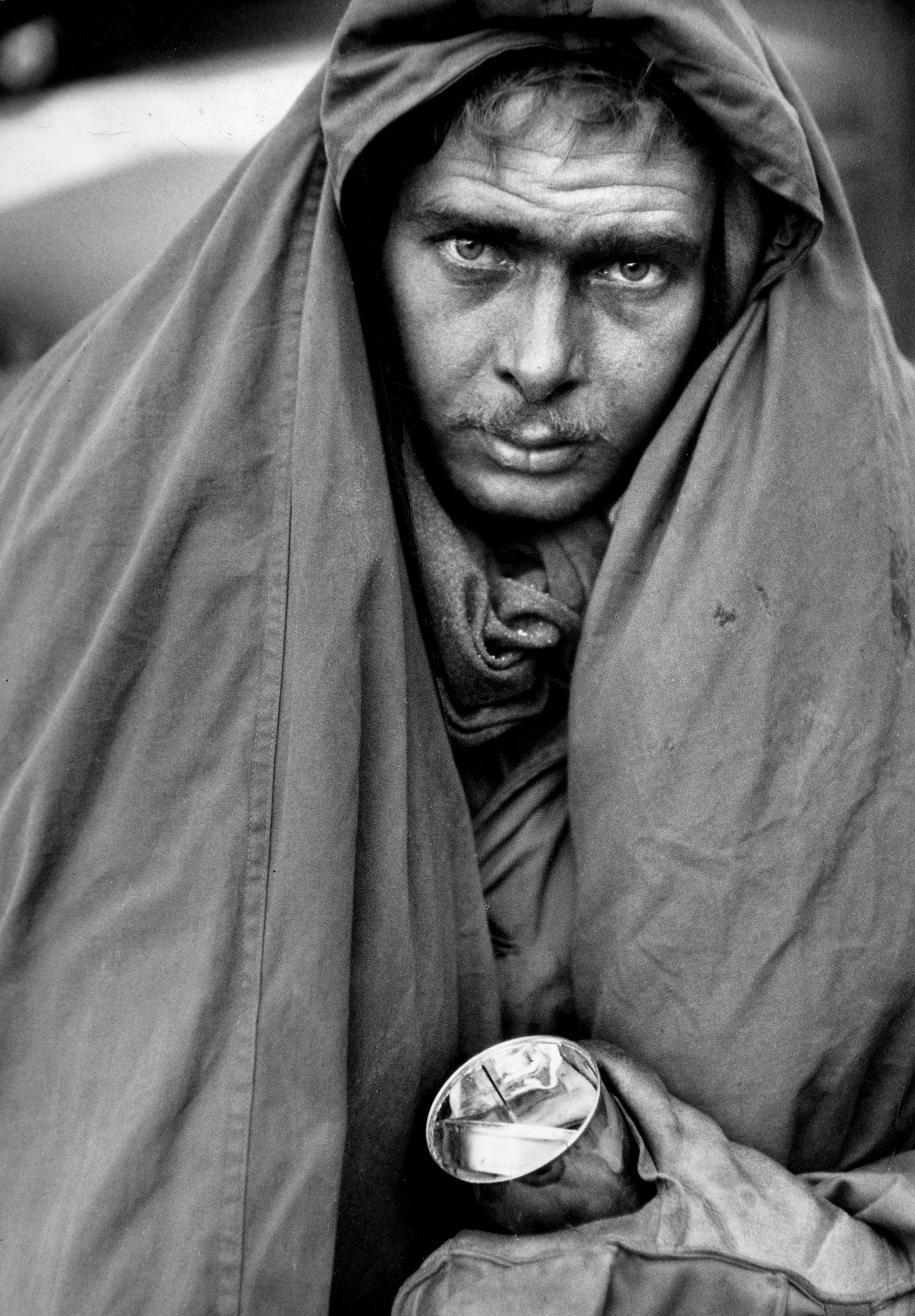
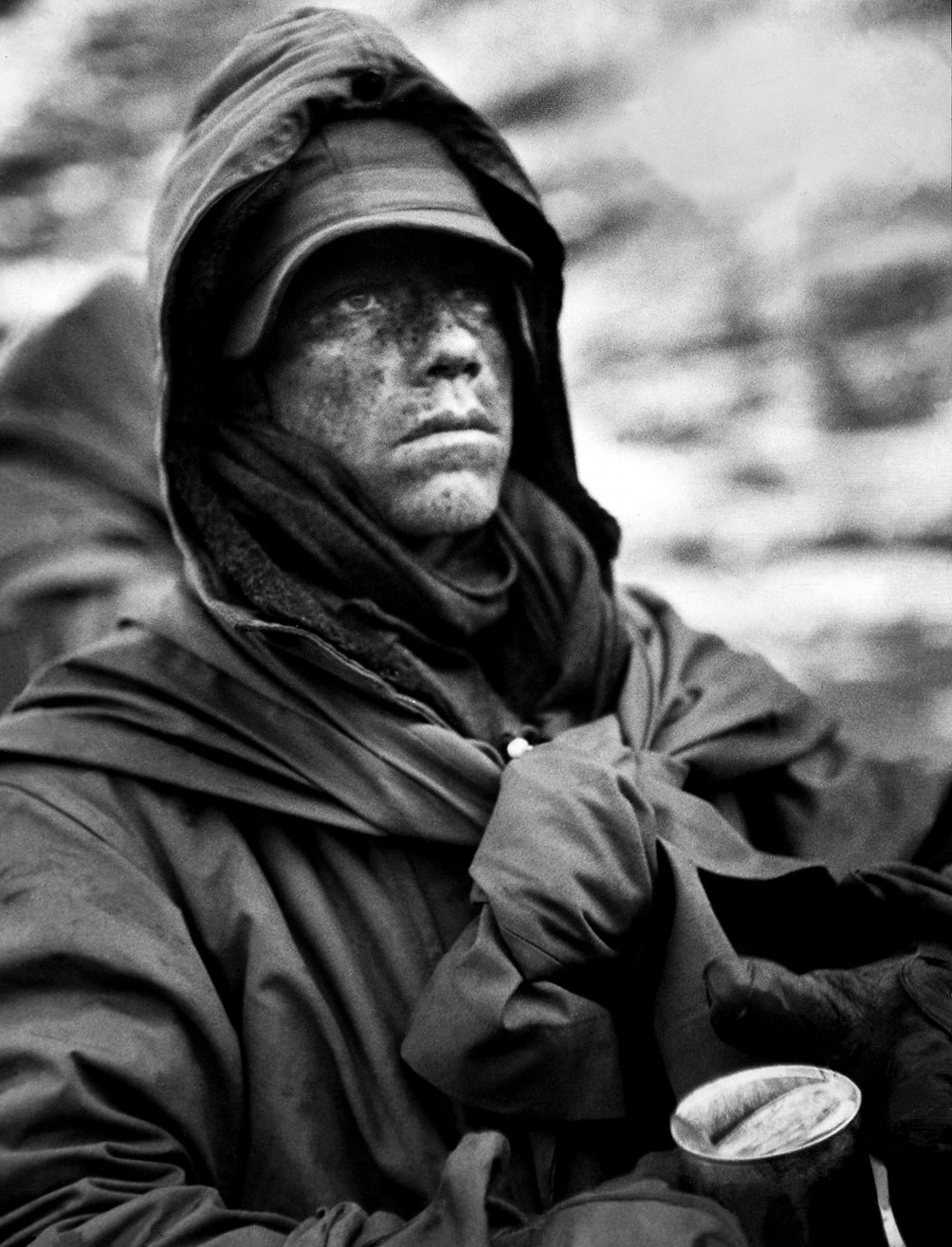
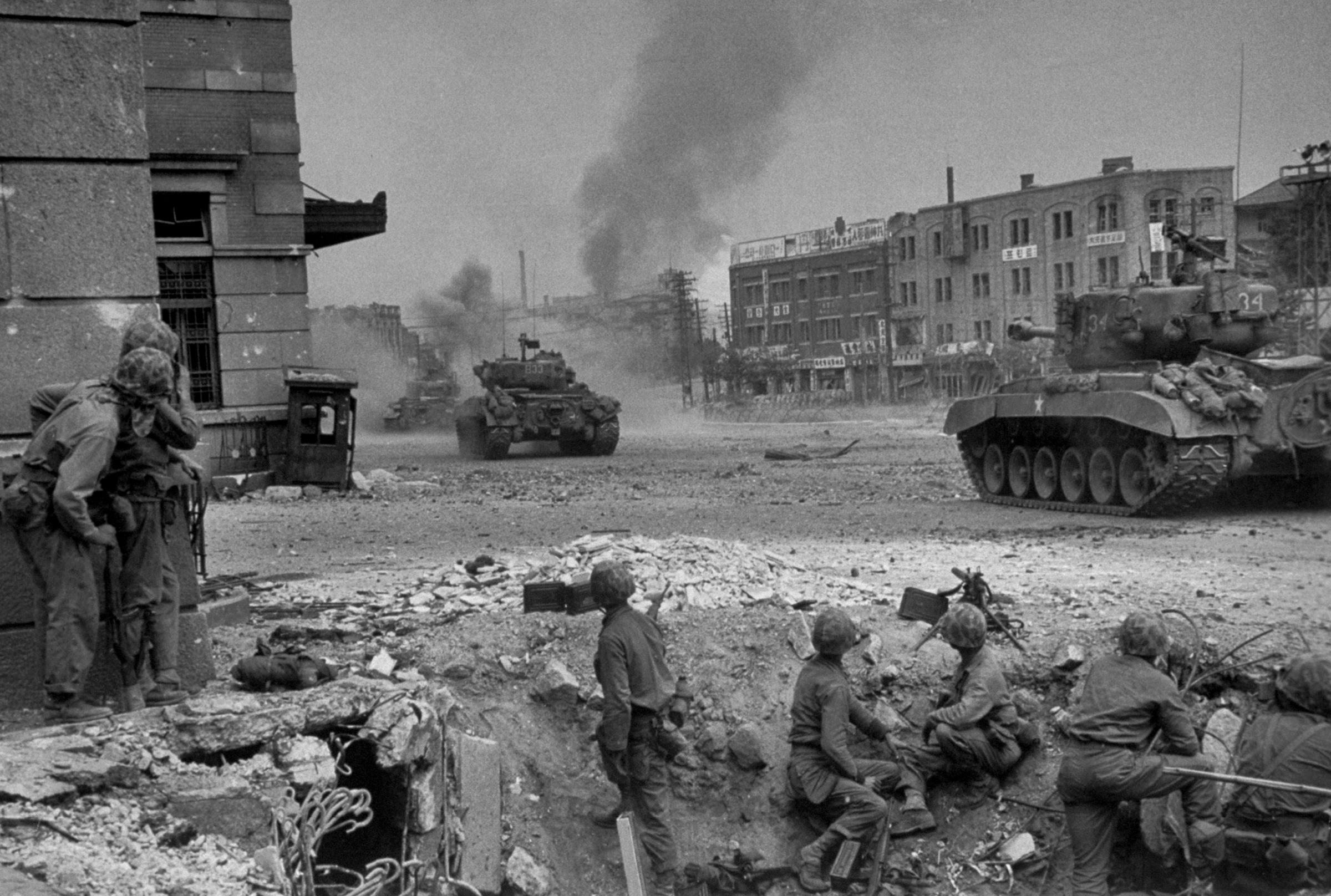

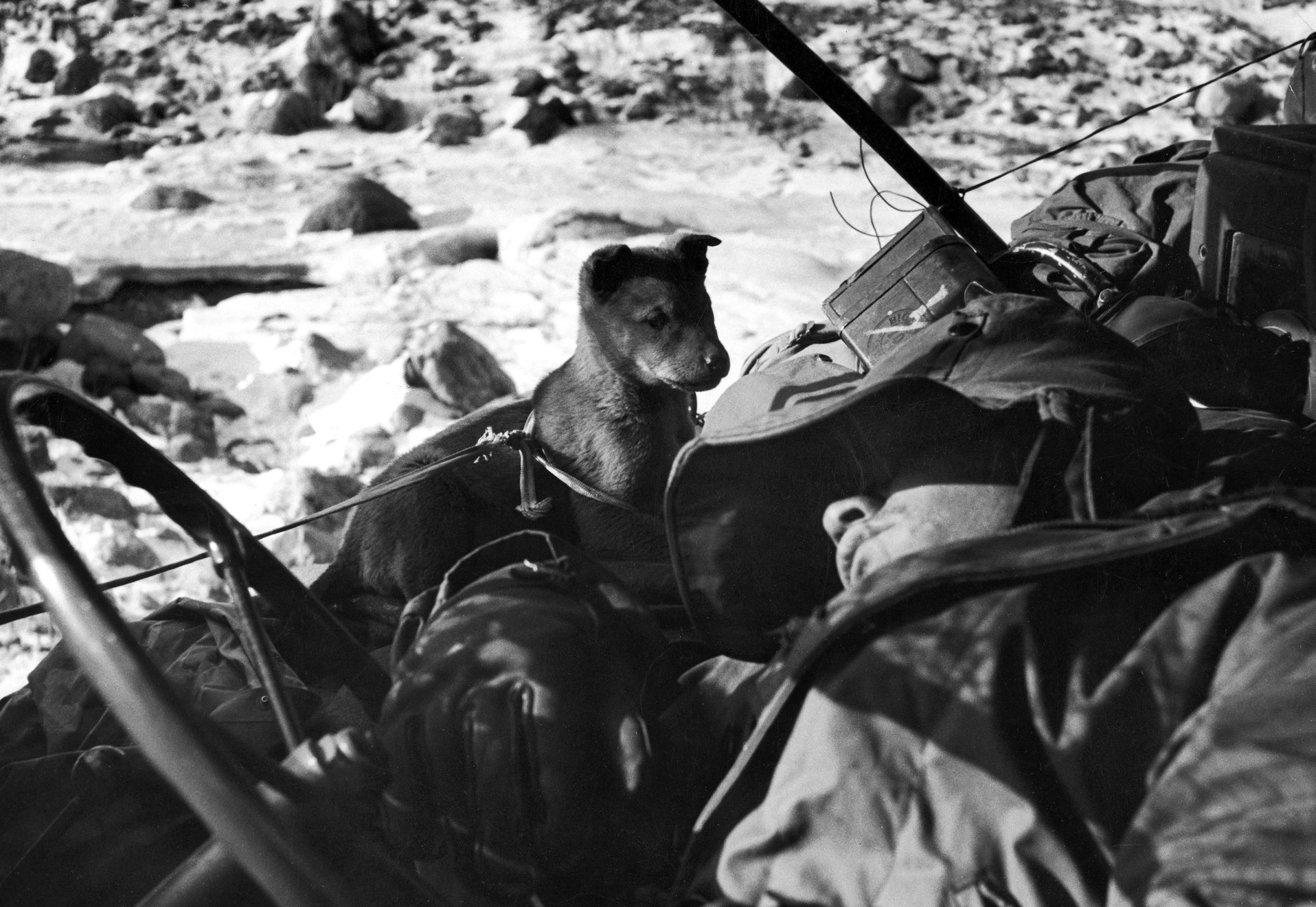
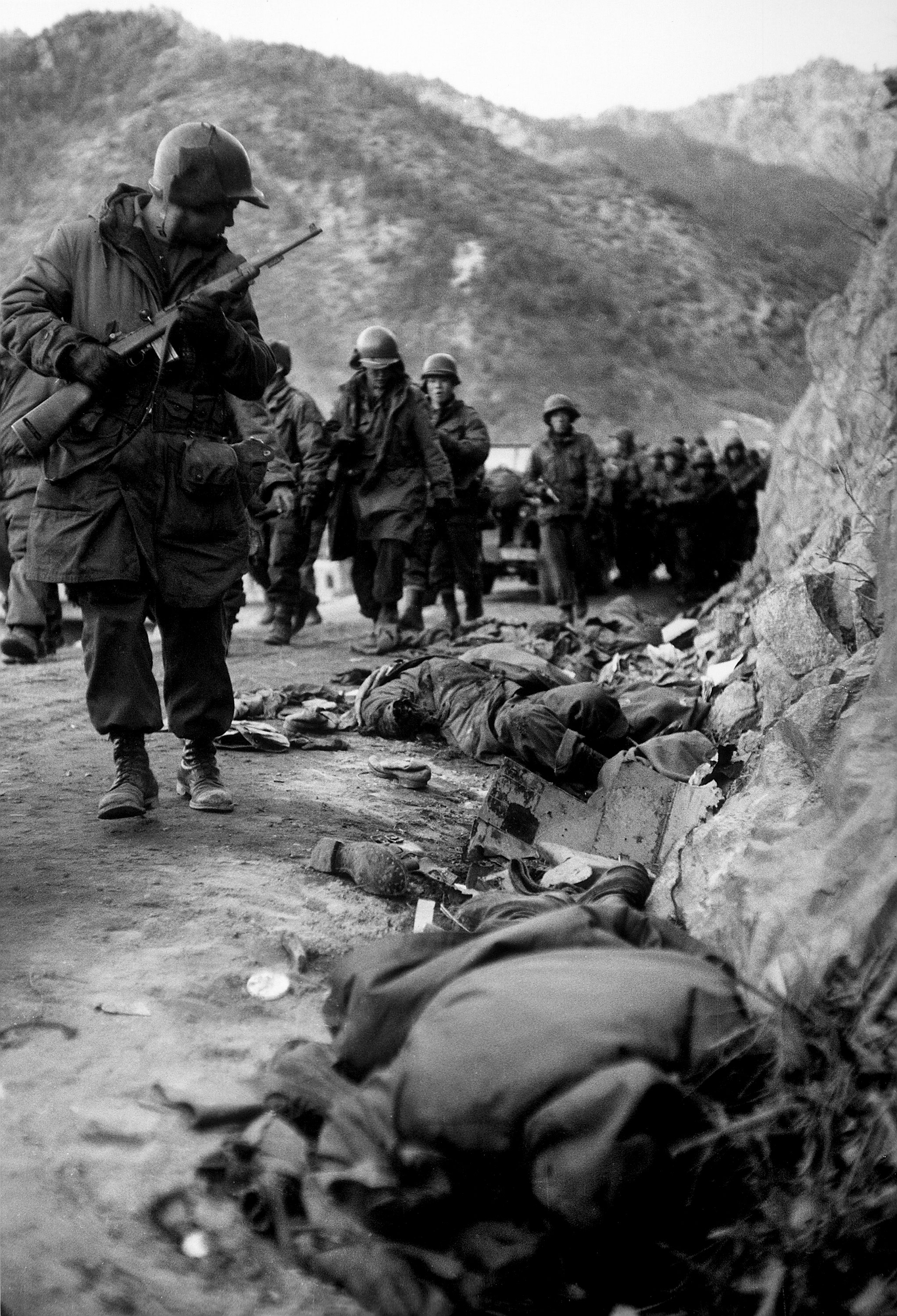
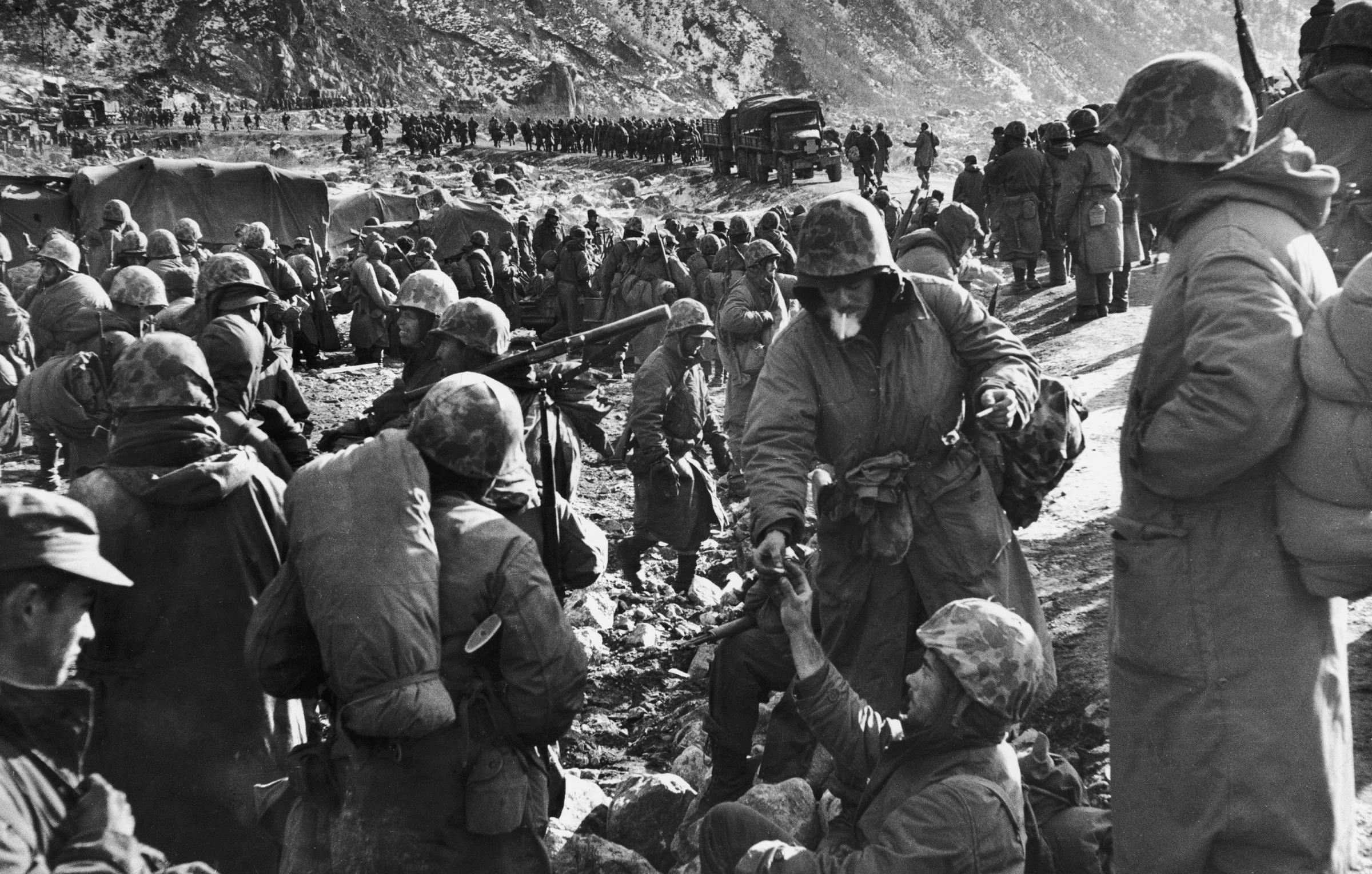
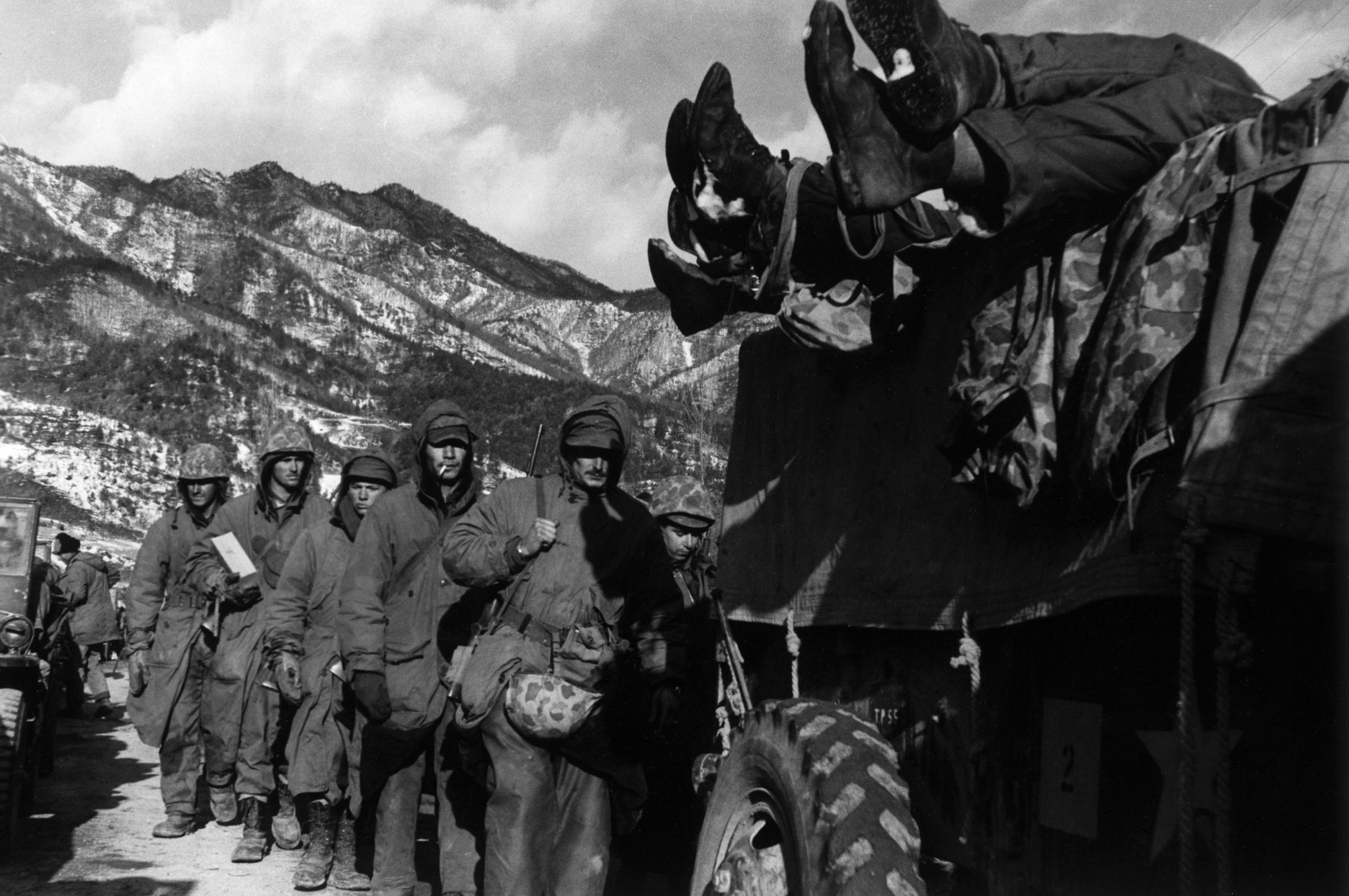
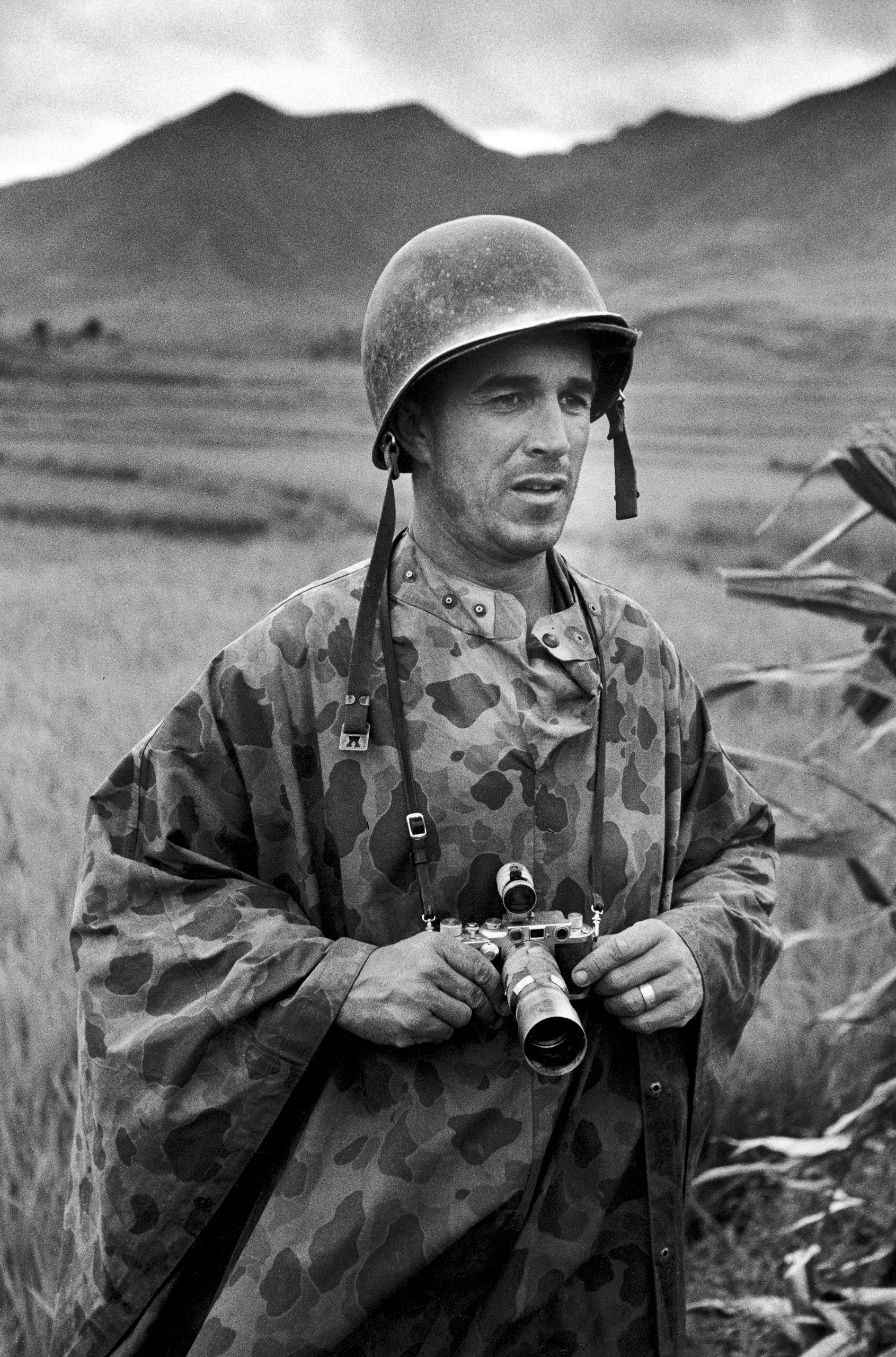
More Must-Reads From TIME
- The 100 Most Influential People of 2024
- Coco Gauff Is Playing for Herself Now
- Scenes From Pro-Palestinian Encampments Across U.S. Universities
- 6 Compliments That Land Every Time
- If You're Dating Right Now , You're Brave: Column
- The AI That Could Heal a Divided Internet
- Fallout Is a Brilliant Model for the Future of Video Game Adaptations
- Want Weekly Recs on What to Watch, Read, and More? Sign Up for Worth Your Time
Contact us at letters@time.com